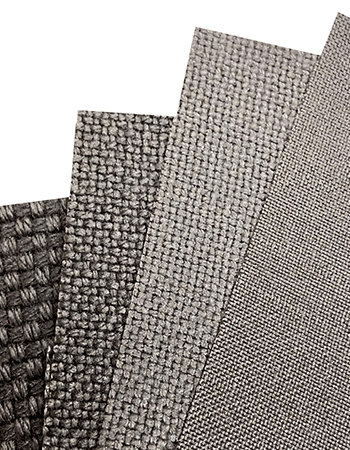AvCarb manufactures a variety of woven carbon fabrics that are used for high-energy friction materials for a variety of applications including cone synchronizers, clutch plates, spindle drives, and brakes. The carbon fabric's inherent strength and exceptional thermal stability result in superior durability under high-energy conditions, reducing wear and maintaining a constant coefficient of friction over extended use. The tailored weave patterns and composite structures further optimize friction characteristics thereby improving control and responsiveness. Their unique properties and customizable designs make them an optimal choice for demanding applications that require a stable, high-energy friction material.



